What does evening primrose look like and how to grow a flower?
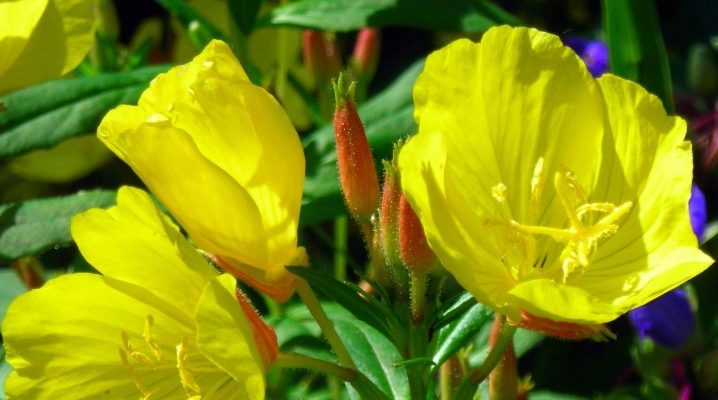
Evening primrose (primrose) is an unpretentious and ornamental plant. It is often used for landscape design. Today we will talk about the features of this plant, how to plant it, grow it.
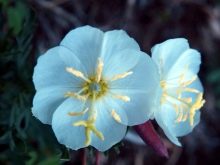
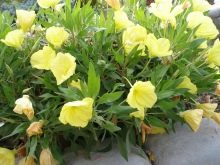

Description
Enotera also has a different name - "night candle". Its flowers prefer to bloom at night, the buds look like small lanterns. The donkey is annual, perennial. There are also biennial specimens.
In their appearance, all types and varieties of evening primrose are very similar. They have creeping and straight stems. The leaves on them are feathery or oval, and the color is dark green.
The flowers resemble poppy buds in appearance. They are usually bright yellow in color. But sometimes they are painted in a rich purple, snow-white or pinkish tone. The height of the vegetation varies considerably - from 40 cm to 2 m.
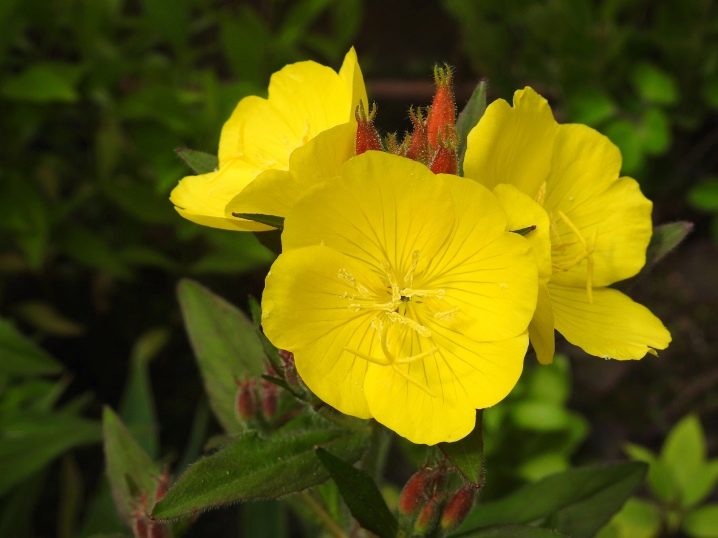
Flowers grow in the axils. The diameter of each flower bud can range from 2 to 10 centimeters. During flowering, they have a sweetish aroma.
The root system is dense and well developed. It deepens by about 25-30 cm. The seed material ripens in small bolls. Their germination capacity lasts for 2-3 years.
Evening primrose is often used in the production of various cosmetics and medicines. Preparations made on its basis have a positive effect on metabolic processes in the body, promote cellular activity. They can also lower cholesterol levels.
Cosmetics with this flower have a whitening effect. In addition, they are often used as antioxidant formulations.
Sometimes the flower is also used in cooking. In the first year of life, many gardeners dig up roots. They are saturated with tannins, organic acids. Evening primrose is often used for making marinades. It goes well with a variety of fish and meat dishes.
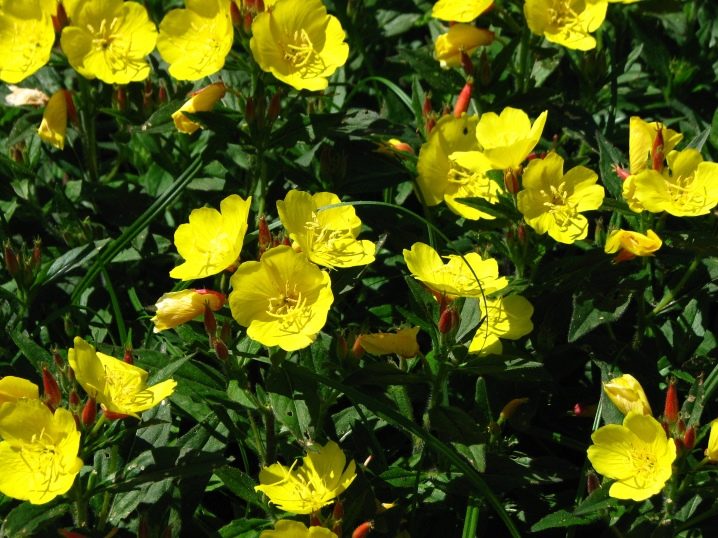
Types and varieties
The following varieties of this flower are considered the most popular.
-
Shrub. This species has highly branched stems, they intersect and form a dense lush bush. The foliage is oval. Flower buds in the form of lanterns have a bright yellow color, their diameter is 4-5 cm. Flowering occurs in July-August. Shrub evening primrose boasts excellent decorative qualities.
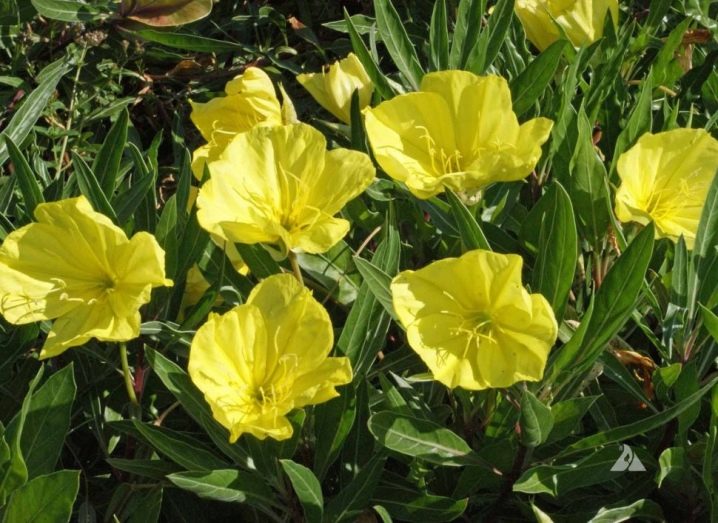
- Missouri gold. This perennial variety grows with creeping stems from 40 to 45 cm in height. Leaves can be oval or lanceolate. The buds are quite large. The flowering period occurs from early summer to early autumn. The petals are bright yellow. This species is considered the most thermophilic, so it especially needs preparation for winter. Before frosts, the flower must be covered with a covering material.
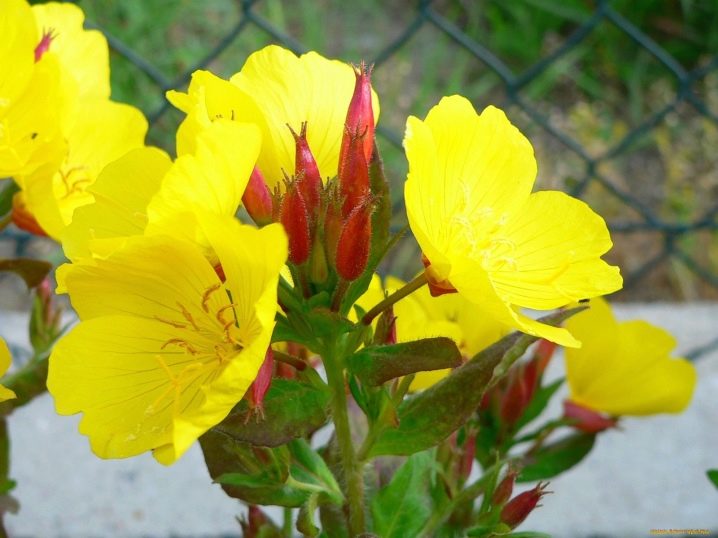
-
Evening primrose is beautiful. Such a plant has large flowers that cover the jagged leaves. Evening primrose blooms up to 2.5 months. Most often, this type is used when decorating paths, flower beds, park areas. Such a flower is perennial, but at the same time it is often planted as an annual.
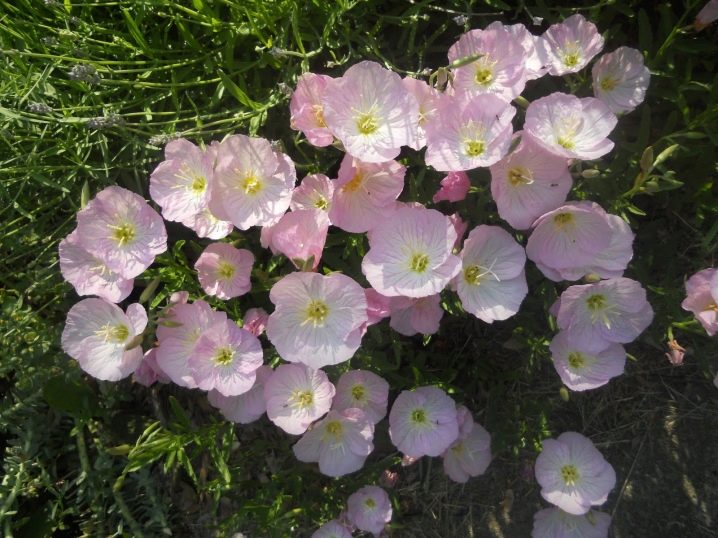
- Large-flowered. This erect plant grows over one meter in height. During flowering, a large number of yellow buds with a sweet aroma are formed on it. Their diameter can be up to 5 centimeters.

-
Stemless. Lanceolate foliage on plants is collected in small rosettes. The flowering period is June-September. Enotera stemless is characterized by increased cold resistance.

- Low. This perennial vegetation is a low-growing flower (no more than 30 centimeters in height). The leaf plates are small and narrow, their shape is lanceolate. Small buds with a diameter of no more than 1-1.5 cm. Their color is rich yellow. Vegetation blooms from May to June.
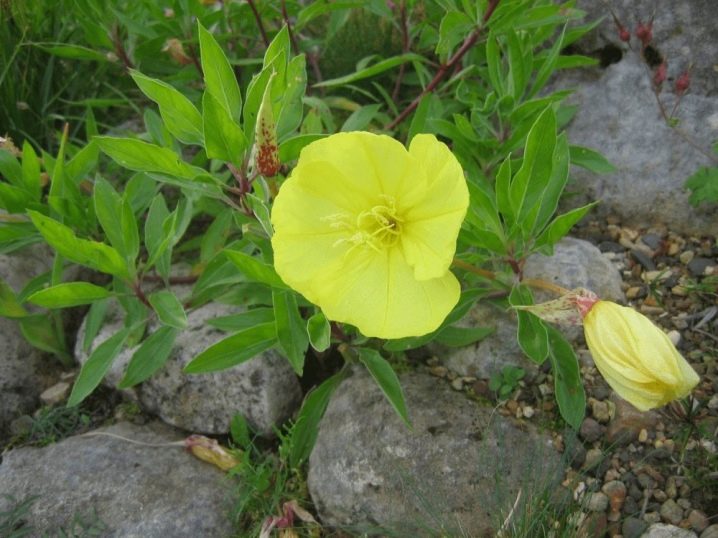
-
Quadrangular. The flower is a bush no more than 75-80 cm high. Its foliage is oval, green-blue in color. Flower buds are dark yellow or just yellow. They gather in inflorescences. This evening primrose blooms from July to August.
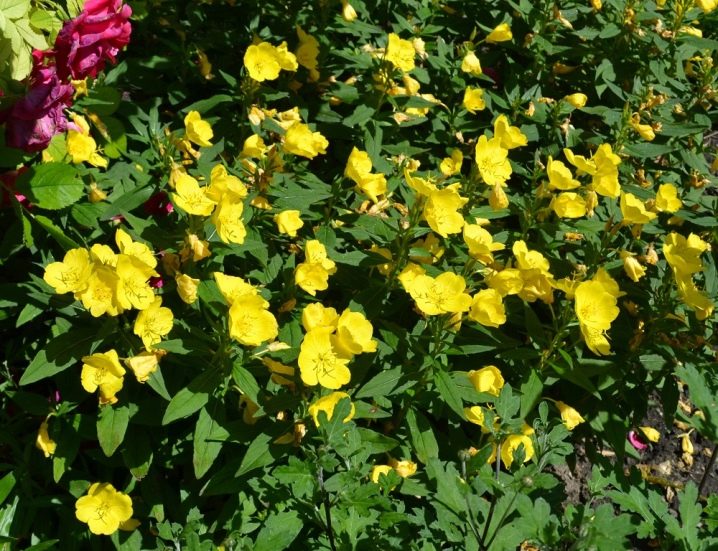
-
Evening rose. This perennial flower opens only in cloudy weather, closer to night. The buds of this evening primrose are white with a slight pink tint. The petals are cupped. Their diameter reaches no more than 5 cm. Each flower exudes a light sweet aroma. The plant reaches a height of 40 centimeters. An evening rose is often planted in flower beds on the site. Such evening primrose can fully develop on almost any type of soil.
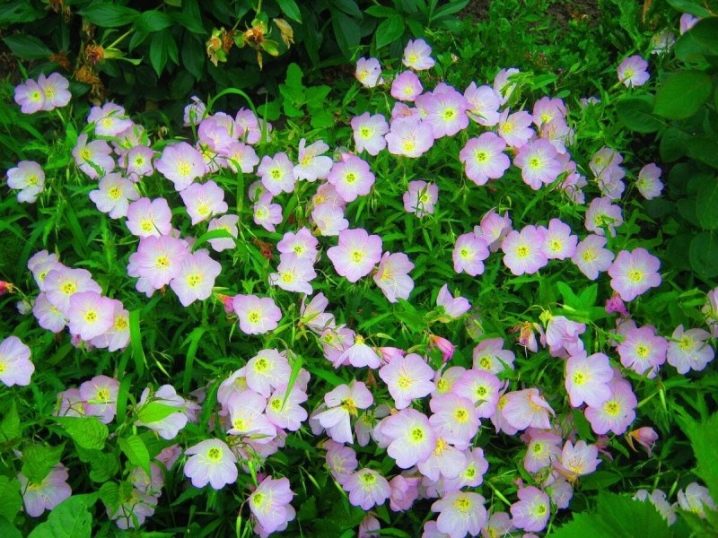
- Red-stemmed look. This biennial flower grows up to 1.5 meters. It has erect stems, they are slightly branched at the base. Their color is saturated red. The entire surface of the stem is covered with hard hairs. The leaves on such an evening primrose are lanceolate, they are all quite wide. Their surface can be either flat, smooth or corrugated. Flower buds on a yellow plant. Their diameter is 5-6 centimeters. The fruits look like small green bolls 2-3 cm long. Strong red streaks can be observed on them. Red-stemmed evening primrose has many medicinal properties, so it is often used in the medical field.

-
Enothera Lamarck. This perennial grows with a densely branching and straight stem. Plant height reaches no more than one meter. The foliage is lanceolate. The surface is smooth, light green in color. The flowers are yellow, they gather in racemose inflorescences. Enotera Lamarca is planted in semi-shady areas with other perennials, it goes well with bright flowers.
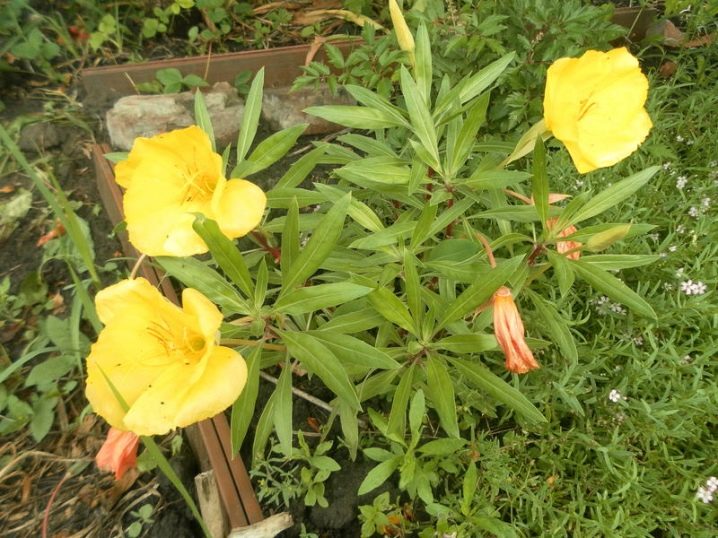
- Soddy. The species is considered the smallest of the entire group of night flowers. The height of a healthy adult bush reaches only 7-10 centimeters. During flowering, beautiful snow-white flowers bloom only in the late evening. Towards the morning, their color changes, they become pale pink.
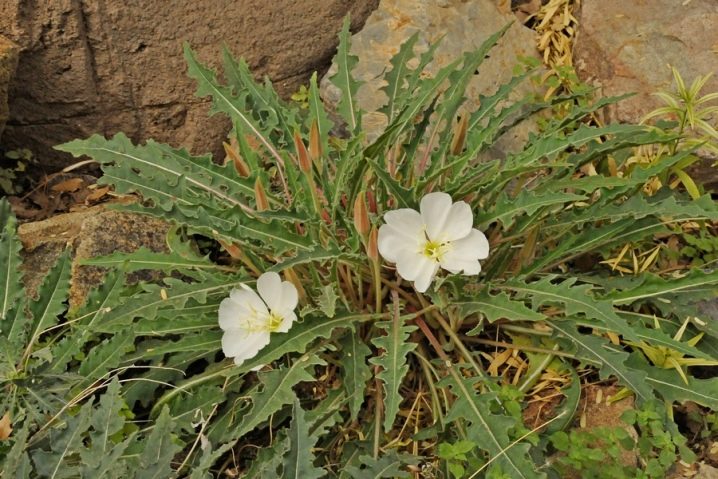
-
Enothera Drummond. This variety is a perennial hybrid. It is distinguished by special decorative qualities, therefore it is often used in the design of beautiful flower beds. Enotera Drummond has a creeping stem of a brown-red saturated color. The flower looks most impressive in a rocky design. Flowers on plants are yellow. The sizes are average, their diameter is on average 5-6 centimeters.
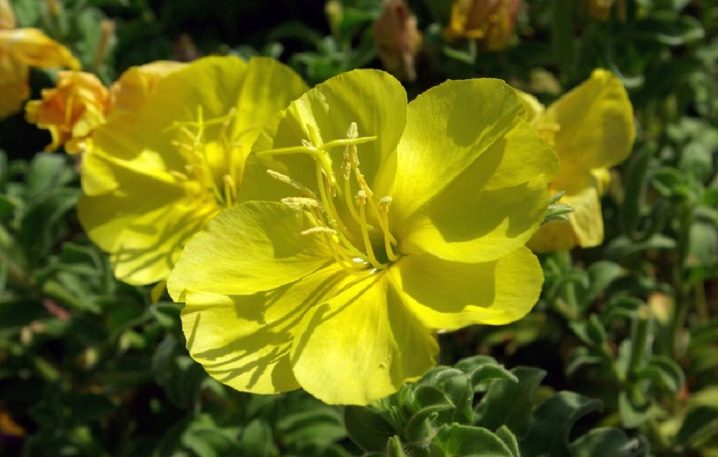
- Evening primrose is pale. This species is an annual. It reaches a height of 50 centimeters. The flower is frost resistant. The buds gradually bloom only in the late afternoon. By the morning they are already pink in color. During the day, the flowers gradually fade. The buds bloom until the end of October.
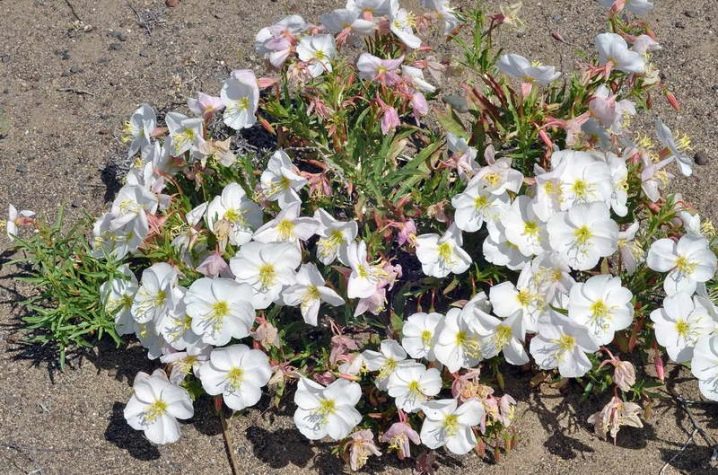
-
Evening primrose multicolored. This species is biennial. Its height can be more than 1 meter. The petals are colored in various shades of red and yellow. Mature bushes have a diameter of 18-20 centimeters. Evening primrose blooms from the first year.
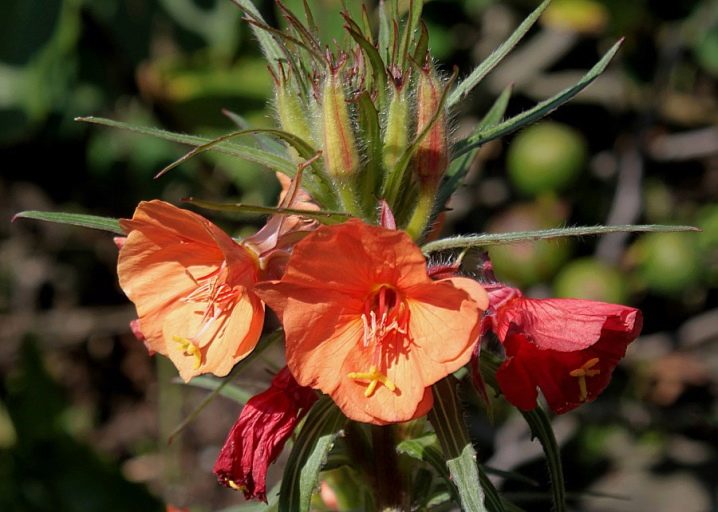
Landing
Let's figure out how to plant evening primrose correctly. A suitable place for her is selected in advance. The flower prefers a well-lit area. Remember that the plant does not tolerate waterlogging, so it should not be planted in places near groundwater.
Evening primrose is quite undemanding to soil. But at the same time, it grows much better on light soils.
If you want to plant an evening primrose on your site, which is a biennial, then it is better to pre-grow seedlings at home.
For this, at the end of February - beginning of March, special boxes for seedlings are prepared, they are filled with a nutritious substrate. Seed material is sown in them.
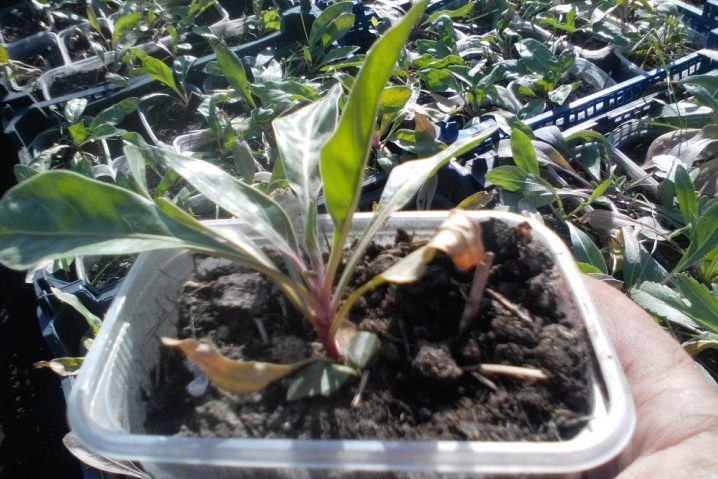
When the seedlings appear, you need to wait until they get stronger and grow a little. After that, they are planted in open soil. Moreover, there should be a distance of 55 to 60 centimeters between individual plants.
You can plant the seed directly into open soil. In this case, planting is performed in late April - early May. Sometimes this is done before winter. Seeds should be sown in moistened soil, 2-3 grains each.
Each seed is deepened into the ground by 0.5-1 cm. During sowing, the planting pattern of 30x30 cm is followed. The soil is preliminarily prepared. It must be carefully dug up. At the same time, nutritious fertilizers are applied to the soil. The best option would be humus and nitrophoska.


Care
When grown, this plant is considered unpretentious. It needs simple and uncomplicated care.
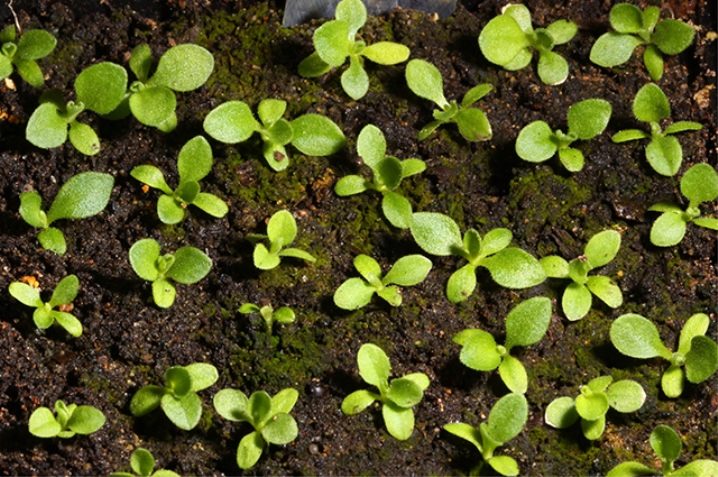
Watering
Evening primrose is considered a very drought-resistant plant, therefore, it practically does not need watering. Only young specimens should be moistened periodically.
Seasonal precipitation will be enough for adult flowers.
But in hot and dry summers, evening primrose should still be watered. In this case, the procedure is carried out 2-3 times per season. At the same time, an average of 15-20 liters of water should fall on 1 square meter of planting.
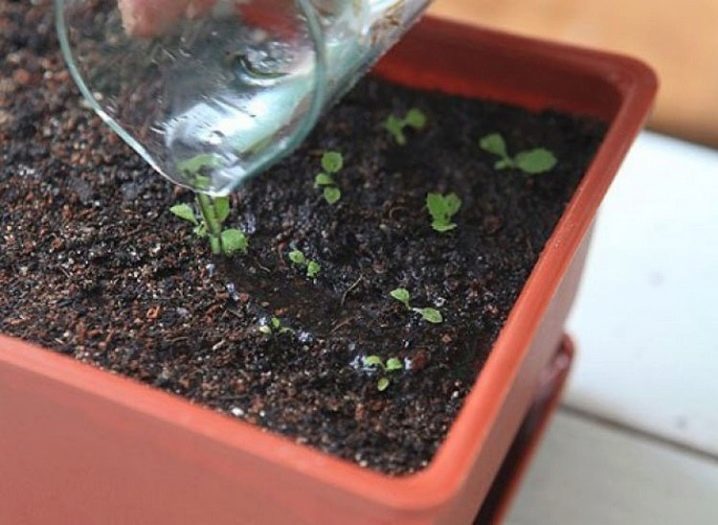
Top dressing
Evening primrose will also need fertilizers. In this case, the plant is fed 1 time per season. The first time this is done when landing. For such a flower, a ready-made mineral fertilizer would be an excellent option.
At the same time, for each square meter of soil, there should be 35-40 grams of the substance and 2-3 kg of organic matter (humus is best suited).
The second time the vegetation is fed during the flowering process. Moreover, at this stage, it is better to use potassium sulfate or superphosphate. For 1 sq. m plantings should take 20 grams of such a substance. The third time feeding is applied with prolonged flowering, about 15-20 days after the second procedure. Ash can be used at this stage.


Transfer and wintering
Vegetation needs to be replanted every 2-4 years, as over time the vegetation will grow strongly and may stop blooming because of this. That said, thinning rarely helps.
Evening primrose tolerates the transplant procedure quite easily. It is performed in early autumn or spring. Bushes, as a rule, quickly take root in a new area. Before the beginning of winter, you need to carefully cut off the entire ground part. After that, the roots are covered with a layer of sawdust or dried foliage.
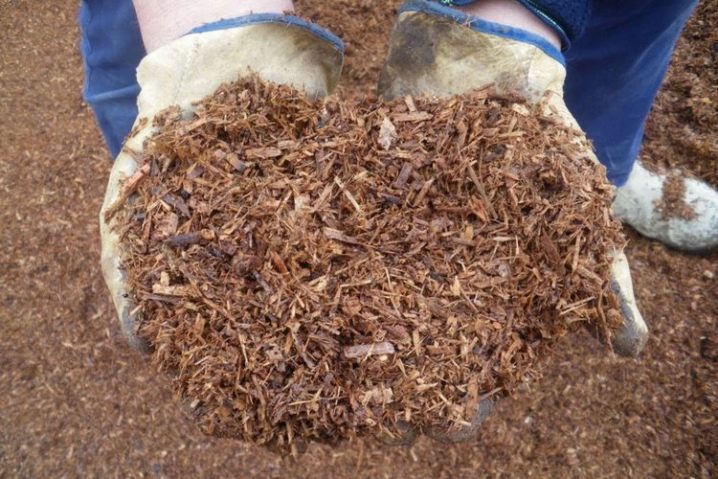
Reproduction
Evening primrose can be propagated by planting seeds. At the same time, they can be planted on seedlings or immediately to a permanent place on the site. The first option is the most correct, but also more difficult.

Diseases and pests
This plant hardly gets sick. But due to improper care, a fungus appears. It can be easily destroyed with fungicides. Sometimes hawk moth caterpillars appear on the vegetation. They settle on the leaves and gradually eat them away. To destroy such a pest, insecticides should be used. And also aphids can settle on a flower, in this case, it is also worth immediately applying insecticides.
It should be noted that snails and slugs often settle on the flower. To get rid of them, they carry out treatments with chemical and biological preparations.
Remember that the plant can easily tolerate fungicide and insecticide treatments. But at the same time, it reacts negatively to a solution of potassium permanganate, even with a minimum concentration, the leaves of the flower begin to curl and fall off.
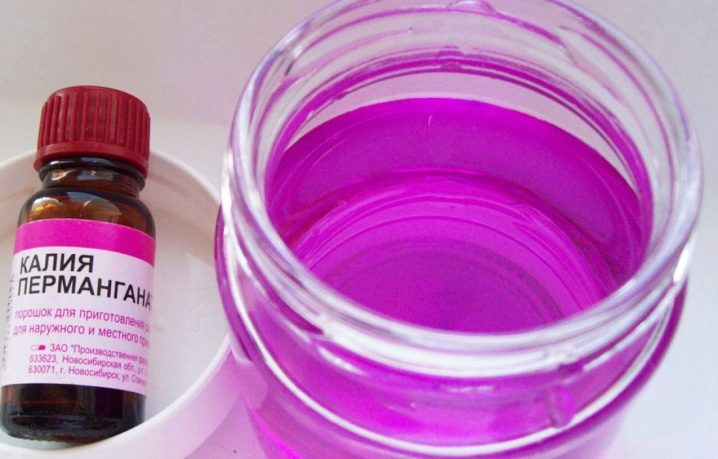
Application in landscape design
Enotera will look good on almost any summer cottage. You can make a beautiful bright composition in a low flower bed. At the same time, slender tall plants with flowers are planted in the central part, and yellow evening primrose is planted around them. This option is perfect for large areas.

And you can also plant a large number of undersized evening primrose garden bushes along the summer cottage paths. If desired, they are combined with other decorative low grass. This option is also suitable for small areas.

Some gardeners plant various types of such an ornamental plant in homemade small flower beds made of stones. Only evening primrose can be planted in them, or you can combine it with other green vegetation to get an interesting and beautiful composition.


































































































The comment was sent successfully.